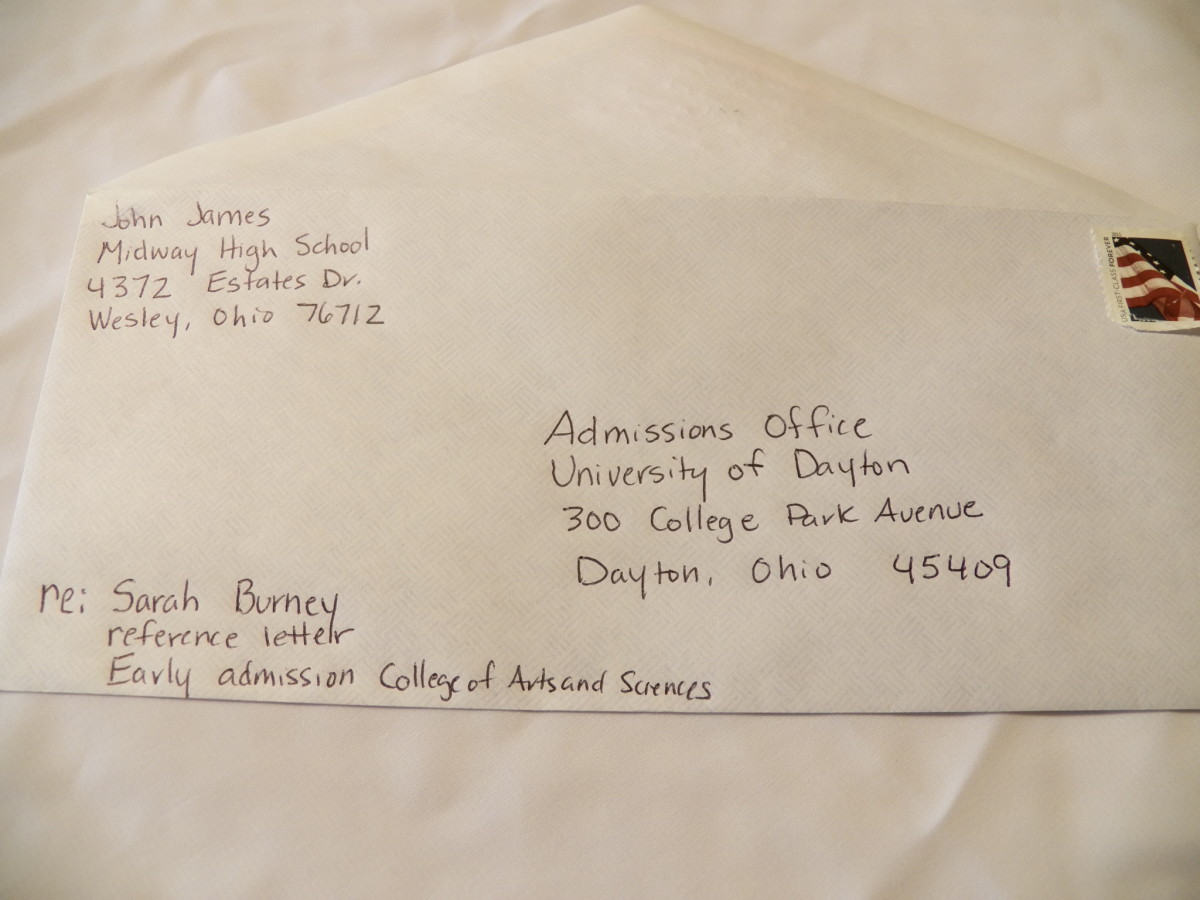College Accommodations Under Section 504: A Field Guide for Social Workers and Therapists

Helping Your Client Get College Accommodations (504/ADA)
First, the rules in college (quick primer)
- Section 504 applies to any college that receives federal funds. Subpart E of the 504 regulations covers admissions, academic adjustments, housing, financial aid and nonacademic services.
- ADA Title II (public colleges) and ADA Title III (private colleges) require “effective communication” and auxiliary aids/services (for example, interpreters, CART, accessible media).
- Colleges must consider academic adjustments and auxiliary aids without lowering essential requirements or fundamentally altering programs. See §104.44.
- Campus housing must be comparable and accessible; disability-related animal requests are handled under housing nondiscrimination rules and HUD’s assistance-animal guidance.
Your role: a step-by-step
-
Clarify barriers, not labels. Document the functional impacts that interfere with equal access (reading stamina, processing speed, panic during timed tests, auditory processing in lecture halls). Ground every ask in impact. Source: 504 Subpart E.
-
Help gather documentation. Most colleges require current, appropriate documentation that links diagnosis to functional limitations and to the requested aids/adjustments. Old K-12 IEPs can inform but do not control decisions. Source: ED/OCR college rights guidance.
-
Find the Disability/Accessibility office and follow its process. Student submits forms, documentation, and meets with a coordinator; faculty are notified only of approved accommodations. Source: ED/OCR.
-
Match common barriers to common solutions
Testing: extra time, reduced-distraction room, breaks, use of computer with spell-check disabled if required. Legal hook: §104.44.
Note taking/lecture access: peer notes, recording permission, slides in advance, smart-pen, CART, interpreters. Legal hook: ADA effective-communication.
Course materials: EPUB/PDF in accessible format, alt text, captioned media. Legal hook: §104.44 + ADA.
Labs/fieldwork: safety and access plans, adaptive equipment, modified delivery that preserves essential skills. Legal hook: §104.44, §104.47.
Housing/dining: accessible unit, strobe fire alarms, fridge for meds, service or support animal per HUD guidance.
-
Coach self-advocacy. Role-play short emails and office-hours scripts so the student can activate each approved accommodation early every term. Source: ED/OCR guidance emphasizes student initiation.
-
If things stall: use the campus grievance process, then file with ED OCR (180-day window from last act). Links: OCR complaint portal.
There is no IEP in college.
Students secure accommodations under 504/ADA through the campus disability services office (names vary).
Federal OCR investigates complaints if needed.

California: what to know (and where to send clients)
- Community Colleges (CCCs): DSPS. California’s Title 5 regulations create Disabled Students Programs & Services (DSPS) on every campus; they spell out eligibility, services, and interactive processes. Start at DSPS.
- CSU & UC: Each campus has an accessibility/disability center and system-level policies requiring academic adjustments and auxiliary aids consistent with 504/ADA. Point families to the CSU “Students with Disabilities” policy materials and the UC system disability accommodation resources. They are usually called "ACCESS" or something similar. Most colleges also require disability help and information be printed in every course syllabus, too.
- California Department of Rehabilitation (DOR). Vocational Rehabilitation can fund disability-related services that support an employment goal (assistive tech, readers, transportation, sometimes tuition/books) and often coordinates with college DS offices. Refer early.
- Expert help for practitioners: The Pacific ADA Center (Region 9) answers ADA questions for California colleges, students, and providers.
- Quick handoff script: “I’d like you to contact your campus DSPS/Disability Resource Center this week and also open a case with DOR. Here are the links and what to ask for first…”
Not in California? Start here
- Find your regional ADA Center for tailored, state-specific answers: 1-800-949-4232 (ADA National Network).
- Find your state’s Vocational Rehabilitation agency (federal RSA directory). They can coordinate with college disability offices and may help with costs tied to employment goals.

Clinician letter template
To Disability Services:
I am treating [Student Name, DOB] for [diagnosis]. Functional impacts include [e.g., limited sustained reading, processing speed deficits, panic triggered by time-pressure, migraines with fluorescent lighting] which substantially limit [reading, concentrating, communicating, seeing, etc.] in an academic setting.
Based on history, testing, and current presentation, the following academic adjustments/auxiliary aids are recommended to provide equal access without altering essential requirements: [list with brief rationales, e.g., 1. 1.5x test time due to processing-speed index at 8th percentile; 2. Reduced-distraction room; 3. Access to captioned media; 4. Digital texts for screen-reader; 5. Flexible attendance for flare-ups, with make-up testing window].
I am available to discuss functional limitations and alternatives that meet essential course requirements.
Signature & Contact Info
Tie each recommendation to a functional need, not simply a diagnosis. Legal hooks for the reader: 34 CFR §104.44; 28 CFR §35.160 / §36.303. Be sure to get a signed release of information (ROI) from the client first and explain why it is needed.
Deep Dive into Higher Education & Student Affairs: Disability Services featuring Alex Mazzeo
Thank You!
Thanks for reading and for doing this work with your students and clients.
I wrote this because I have helped a lot of adult learners, especially at community colleges, ask for and actually use the supports they’re entitled to. The pattern is familiar: a student is smart and motivated, but tests are a wall, lectures move too fast, or a health condition flares and attendance slips. Once we translate diagnoses into clear functional impacts and get Disability Services in the loop, everything shifts. Professors know what to do, the student has a plan for tests and materials, and the semester stops feeling like a crisis.
One of my favorite moments is two or three weeks after accommodations are in place. A student who used to white-knuckle every exam tells me they finished with time to spare. Another finally has captioned videos and recorded lectures, and they can study without feeling lost. The academic gains are obvious, and the ripple effects are real: steadier sleep, fewer panic spikes, more energy for work and family, and a little pride that says, “I can do this.”
If you are a practitioner, you already know this part: access is mental health. When students can participate without fighting their symptoms or the environment, mood, motivation, and persistence improve. It is not magic. It is the right tool for the barrier.
If this guide helped, tell me where your student is in the process and what you need next.
Cheering you on!
Your Experience
Where are you in the college accommodations process?

References & Further Reading
- ADA National Network. (n.d.). Contact your regional ADA Center. https://adata.org
- California Community Colleges Chancellor’s Office. (n.d.). Disabled Students Programs and Services (DSPS). https://www.cccco.edu
- California Code of Regulations. (2025). Title 5, §§ 56000–56088: Disabled Students Programs and Services. https://govt.westlaw.com/calregs
- California Department of Rehabilitation. (n.d.). Student Services. https://www.dor.ca.gov
- Rehabilitation Services Administration. (n.d.). State Vocational Rehabilitation agency directory. https://rsa.ed.gov
- U.S. Department of Education, Office for Civil Rights. (n.d.). File a civil rights complaint. https://www2.ed.gov/about/offices/list/ocr/complaintintro.html
- U.S. Department of Education, Office for Civil Rights. (n.d.). Students with disabilities preparing for postsecondary education: Know your rights and responsibilities. https://www2.ed.gov/about/offices/list/ocr/transition.html
- U.S. Department of Housing and Urban Development, Office of Fair Housing and Equal Opportunity. (2020). FHEO Notice 2020-01: Assessing a person’s request to have an animal as a reasonable accommodation. https://www.hud.gov
- U.S. Department of Justice, Civil Rights Division. (n.d.). ADA Title II regulations: 28 C.F.R. Part 35 [see §35.160 Effective communication]. https://www.ada.gov
- U.S. Department of Justice, Civil Rights Division. (n.d.). ADA Title III regulations: 28 C.F.R. Part 36 [see §36.303 Auxiliary aids and services]. https://www.ada.gov
- U.S. Government Publishing Office. (2025). 34 C.F.R. Part 104, Subpart E: Postsecondary education. https://www.ecfr.gov/current/title-34/part-104
- U.S. Government Publishing Office. (2025). 34 C.F.R. §104.44: Academic adjustments. https://www.ecfr.gov/current/title-34/section-104.44
- U.S. Government Publishing Office. (2025). 34 C.F.R. §104.45: Housing. https://www.ecfr.gov/current/title-34/section-104.45
Extra Info
Common pitfalls you can prevent
- “Fundamental alteration” is the line colleges cannot cross. Help faculty identify essential requirements so alternatives can be considered in good faith.
- Documentation currency varies by campus; check policies before the term starts to avoid delays. Source: ED/OCR guidance.
- Housing animals are not the same as classroom accommodations; use the housing process and HUD’s assistance-animal framework.
- When in doubt, call. ADA Centers provide free technical assistance to you and the school.
One-page checklist for clients
- Identify barriers and needed adjustments.
- Gather documentation that links impairments to barriers.
- Contact Disability Services and schedule the intake.
- Approve faculty notification letters before classes begin.
- Activate testing and note-taking arrangements each course.
- If denied or delayed, use the grievance procedure; then OCR.
Fast links to share
- Find your ADA Center: 1-800-949-4232. ADA National Network
- Find your State VR Agency: RSA directory. RSA门户网站
- File an education civil-rights complaint (OCR): online portal. U.S. Department of Education
This content is accurate and true to the best of the author’s knowledge and is not meant to substitute for formal and individualized advice from a qualified professional.
© 2025 BKay



